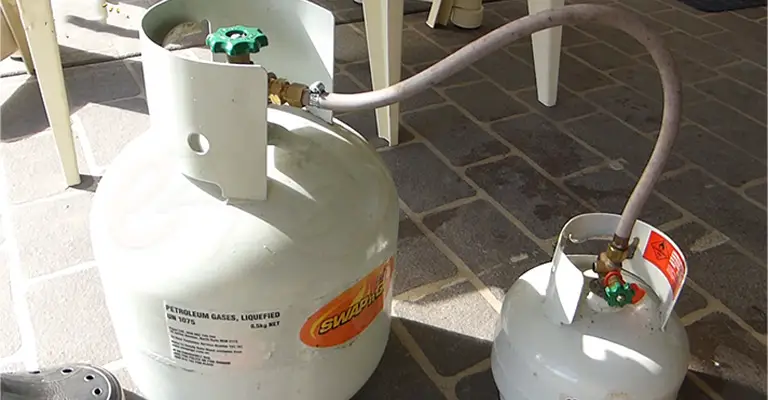Propane, a versatile and widely-used fuel, plays a crucial role in powering various appliances, from grills and heaters to stoves and generators.
In situations where a small propane tank is nearing depletion, transferring its remaining fuel to a larger tank becomes a practical and cost-effective solution.
However, it is essential to handle propane with the utmost care due to its flammability and potential hazards.
Transferring propane from a small tank to a larger tank is a process known as “propane tank refilling” or “propane tank exchange.”
It’s important to handle propane with care, as it is flammable and can be hazardous if not handled properly.
Transferring Propane From Small Tank To Big Tank
Before you begin, please take a moment to familiarize yourself with the equipment and safety precautions required to handle propane responsibly.
Note: Before attempting to transfer propane, make sure that both the small tank and the larger tank are suitable for refilling or exchanging.
Some smaller tanks are designed for one-time use and cannot be refilled. Always check the labels and guidelines on the tanks to ensure they are safe for refilling.
Step 1: Safety First
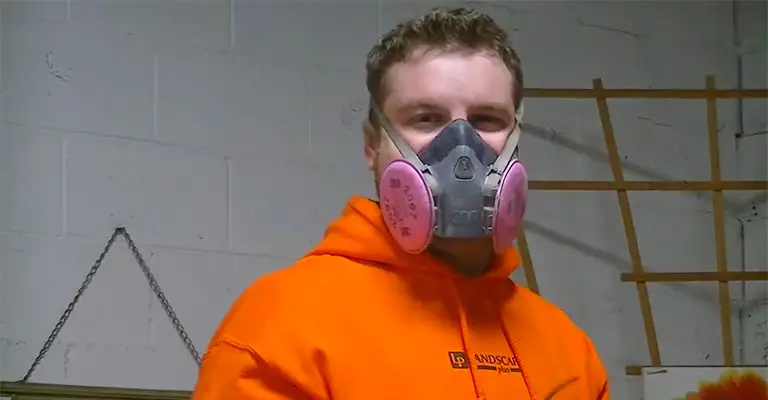
Handling propane should always begin with safety precautions. Here’s what you need to do:
- Work in a well-ventilated area, preferably outdoors, away from any ignition sources or open flames.
- Wear appropriate personal protective equipment (PPE), including gloves and safety goggles, to protect yourself during the transfer.
- Check both the small and large tanks for any visible damage or leaks. Do not proceed if you notice any issues; instead, seek professional assistance.
Step 2: Gather the Equipment
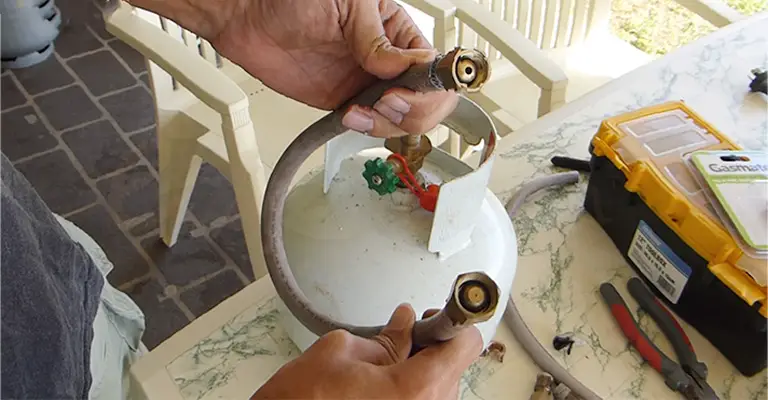
Before you begin the transfer, gather the necessary equipment:
- A small, full propane tank (the one you’ll be transferring from).
- A large, empty propane tank (the one you’ll be filling up).
- A propane tank refill kit, readily available at hardware stores or propane dealers. The kit typically contains a transfer hose and fittings.
- A wrench or adjustable pliers to connect and disconnect hoses.
Step 3: Prepare the Tanks
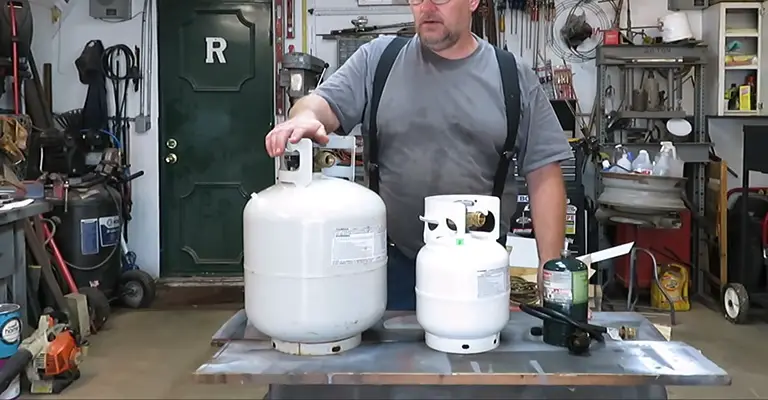
Ensure both tanks are securely positioned on a flat and stable surface. Remove the valve covers from each tank, exposing the valve outlets for the transfer.
Step 4: Connect the Transfer Hose
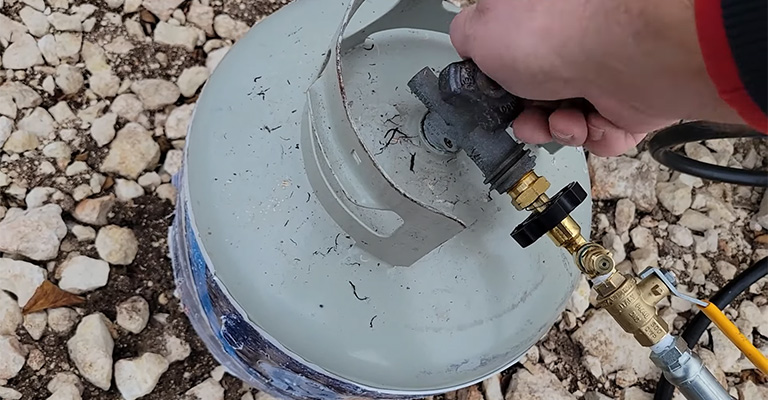
Using the hose from the propane tank refill kit, follow these steps to connect the tanks:
- Attach one end of the transfer hose to the valve outlet on the large tank.
- Connect the other end of the hose to the valve outlet on the small tank.
Step 5: Begin the Transfer
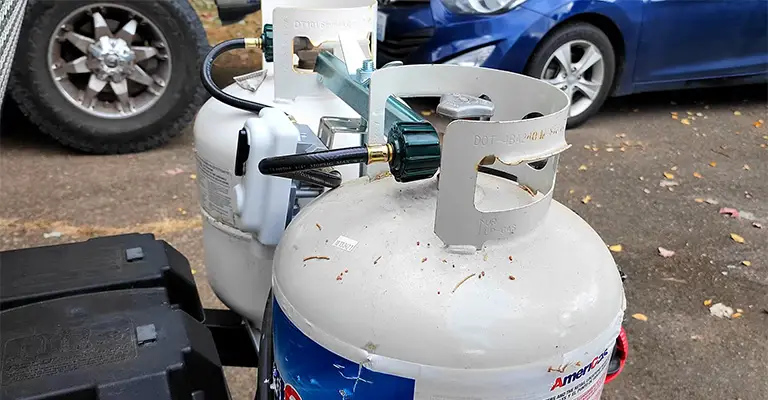
Now that the tanks are connected, it’s time to start the propane transfer:
- Open the valve on the small tank to allow propane to flow into the larger tank.
- You may need to gently invert the small tank to facilitate the transfer of liquid propane. Be cautious not to overfill the larger tank; leave some space for propane expansion.
Step 6: Monitor the Process
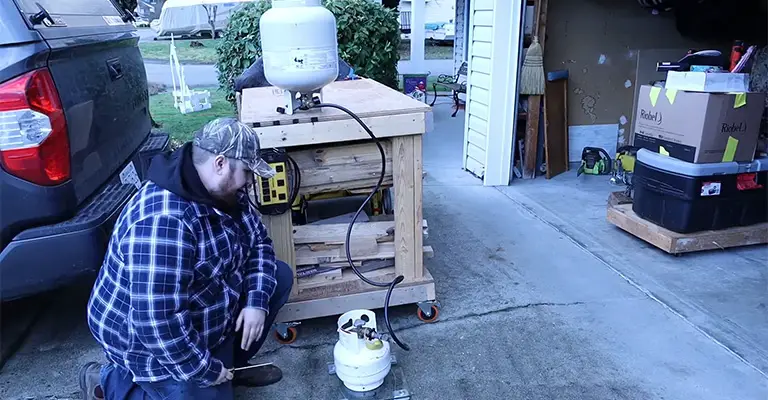
Keep a close eye on the level of propane in the larger tank during the transfer to avoid overfilling. Once the transfer is complete, promptly close the valve on the small tank.
Step 7: Disconnect and Store
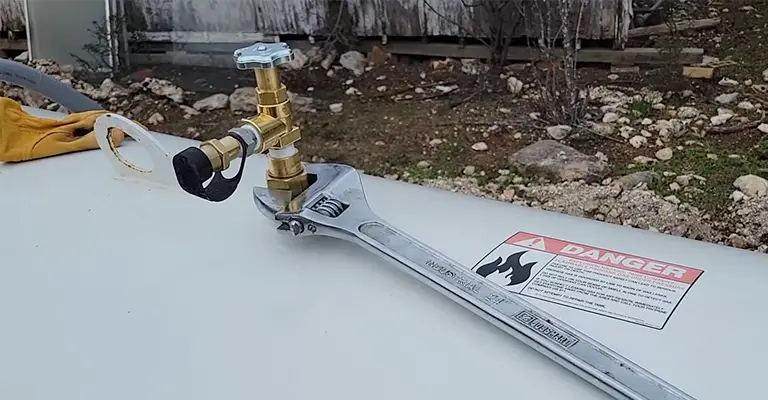
Once the transfer is successful, it’s time to disconnect the transfer hose and store the tanks properly:
- Carefully detach the transfer hose from both tanks.
- Replace the valve covers on both tanks.
Step 8: Safety Checks

After the transfer, conduct safety checks to ensure there are no propane leaks:
- Apply a soap and water solution to the valve outlets. If you notice bubbles forming, there might be a leak. In such a case, do not use the tanks until they are inspected and repaired by a professional.
Transferring Propane From One Tank to Another the Slow Way
Depending on where you live, it might be illegal to refill your own tank and there may be serious dangers involved. This is not something you should do!
The hypothetical applies after the singularity follows the end of civilization. For example, you might be marooned on a desert island and have to transfer to a small tank to get to shore.
It should be noted, however, that this type of transfer is probably safer than liquid siphoning, which requires the bleeder valve to be opened, potentially resulting in fires or freezing burns.
The danger of messing around with highly flammable gas under high pressure cannot be overstated.
Process Overview:
To transfer the gas, a temperature gradient is used. A cooling system is used to keep one tank cooler than the other when two tanks are joined.
As the propane condenses in the cool tank, it slowly fills. It is possible to do so because the liquid and the gas above it in a tank are in equilibrium at any given temperature.
When the cooler tank is introduced, gaseous propane will condense, and the equilibrium will shift in favor of liquid.
Steps:
- Install a high-pressure hose that can handle full propane pressure between the two tanks.
- The source tank can sit in the sun, or a bucket of lukewarm water, while the tank that needs to be filled is placed in a bucket of iced water.
- Firstly, open the valve on the cool tank, then open the valve on the warm tank.
- You’re looking at about a half-hour plus to fill this 2kg tank half way. I haven’t measured the rate of transfer yet. Monitor the amount transferred. It is very dangerous to overfill a tank.
- To minimize residual pressure in the hose, turn off the warm tank first.
- Carefully remove the hose from the cool tank after it has been turned off. Keeping both tanks upright would result in some gas under pressure, but no liquid gas.
A Few Thoughts:
It is not a good idea to turn the filler tank upside down. Transferring liquids will increase the dangers significantly. I wouldn’t recommend this instructible unless you’re an expert in liquid transfers.
It’s a slow process that shouldn’t be left unattended, and no ignition sources should be close by. A hose burst would result in two cylinders running at full capacity, which is the worst-case scenario I can envision.
If you attach a normal high-pressure stove to it, the risk of a hose burst should be the same.
The 2-cylinder system should have roughly the same pressure as propane at the cool tank’s temperature.
Heating the warm tank above the suggested max temperature of 40 degrees Celsius probably wouldn’t be a good idea.
The Bottom Line
Remember, if you are unsure about any step in this process or if you have never refilled propane tanks before, it is best to consult a professional propane dealer or technician for assistance.
They can provide guidance and ensure the process is done safely and correctly. Improper handling of propane can lead to accidents or injuries.

